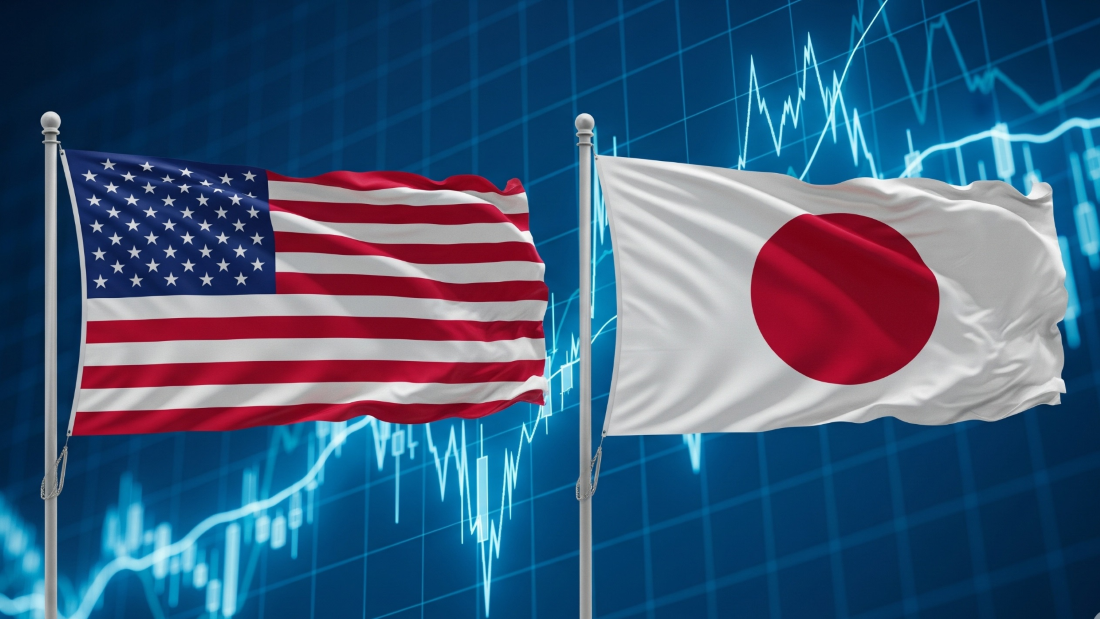Win-win
The deal strikes us as win-win arrangement involving two countries that share more than an important economic relationship. The U.S. and Japan are essential strategic partners in the larger geopolitical rivalry between the U.S. and China.
The key elements of the deal are:
What makes Japan unique
While there have been other recently announced trade deals with strategically relevant emerging market countries like the Philippines, Indonesia and Vietnam, the deal with Japan has special importance.
Japan is the country with the third largest economy in the world now, following the U.S. and China. It is also a high-income, developed country with advanced industrial and technological sectors, especially in automotive, electronics, robotics, and precision manufacturing.
Geopolitically, Japan is perhaps the most important security partner for the U.S. in Asia. The U.S. has fifteen military bases in Japan with over 50,000 troops stationed there.
Trump has a clear appreciation for Japan as an ally and respect for the country, which stems in part from his close personal friendship with former Prime Minister Shinzo Abe, who was tragically assassinated three years ago this month.
But Japan is also among the nations with the highest bilateral trade deficits with the U.S., totaling some $70 billion annually.
Rebalancing trade and reducing the overall trade deficit with the rest of the world have been top economic priorities for Trump.
The administration has highlighted “non-tariff barriers,” or restrictions on market access, as a reason for high bilateral trade deficits in Japan and elsewhere. Japan, as we can attest personally, is a unique culture and difficult environment for foreign businesses to navigate.
There are additional factors, however, that explain the high U.S. trade deficit with Japan.
Japan is a manufacturing powerhouse. It is also an older, wealthier country with a high savings rate.
In its interactions with the rest of the world, including the U.S., Japan exports highly sought after manufactured goods, while recycling that capital into investments abroad, rather than consumption.
Lacking fossil fuel resources, Japan also imports much of its energy. It needs to export manufactured goods to high-consumption countries like the U.S. so it can import oil and gas from energy-rich nations.
A smart, balanced deal
The trade arrangement reached with Japan is a reasonable one. Tariffs will generate some much needed revenue for the Treasury but are set at moderate levels and should not be overly disruptive.
The $550 billion investment fund addresses one of the core problems the administration is determined to solve—stimulating demand for the U.S. industrial sector—by recycling some of Japan’s vast capital surpluses into the U.S. economy.
There are also indications that as part of this framework, Japan will invest in a Liquefied Natural Gas (LNG) venture in Alaska. This further strengthens the economic benefit to the U.S. while enhancing the energy security of a key ally in Asia.
Perhaps most of all, the deal shows that the Trump administration is not isolationist when it comes to trade. The real intention is to create solid, mutually beneficial, sustainable economic partnerships.
Investors concerned about ongoing tariff risk should be comforted by this positive development and thoughtfully negotiated outcome.





